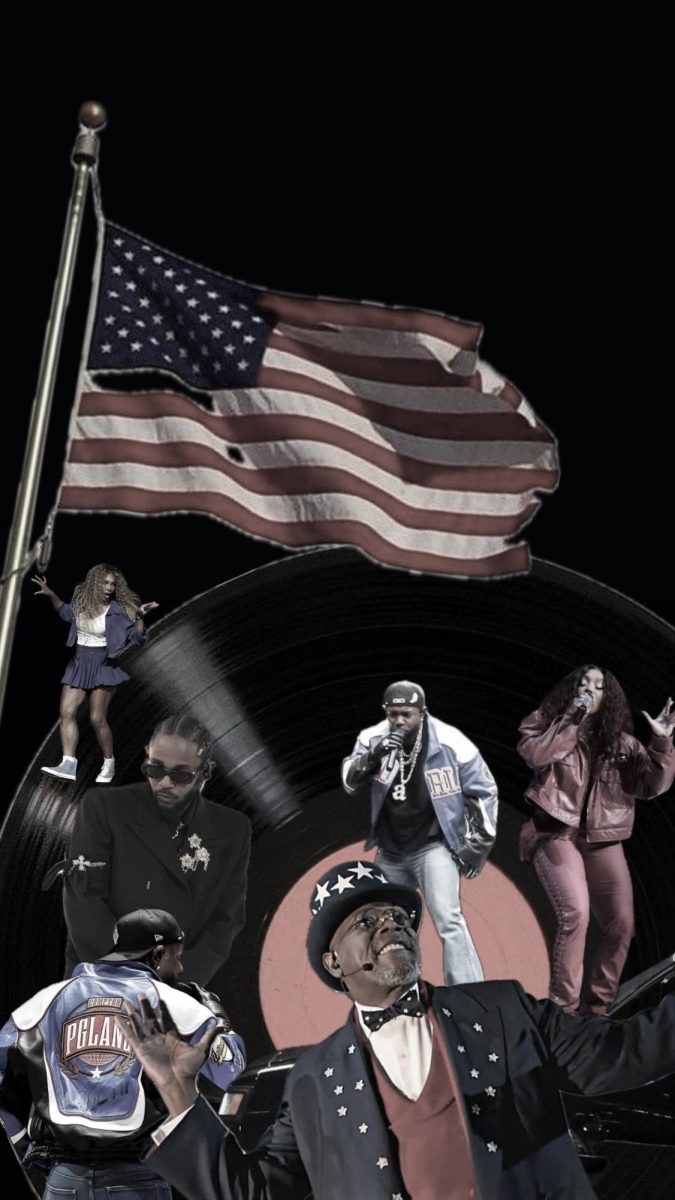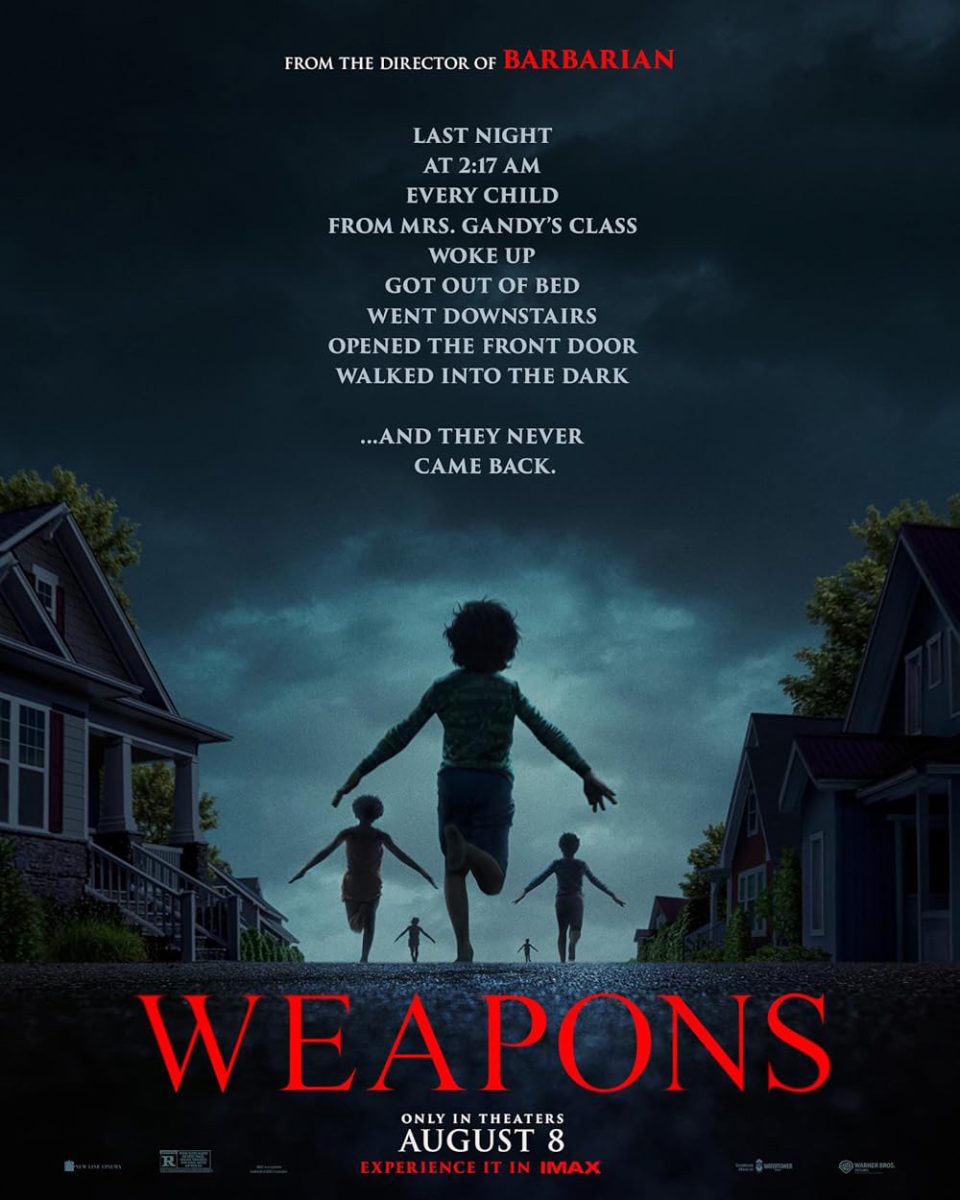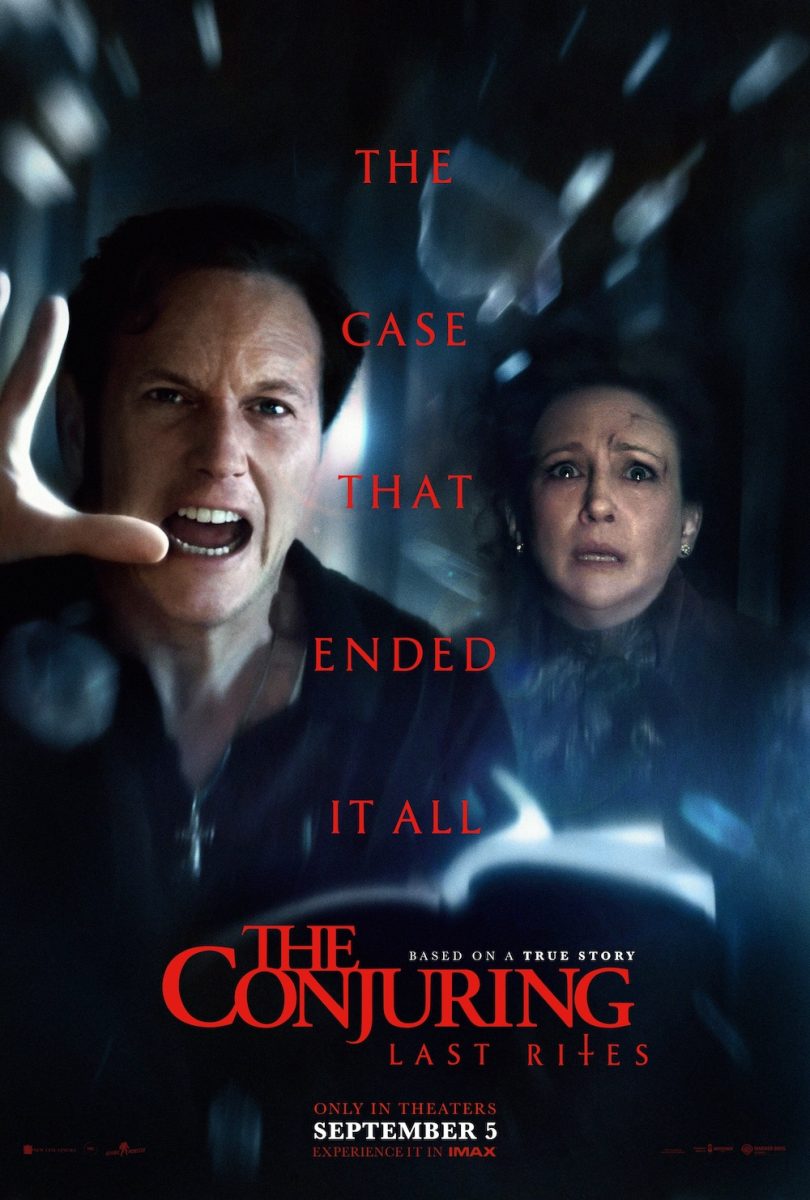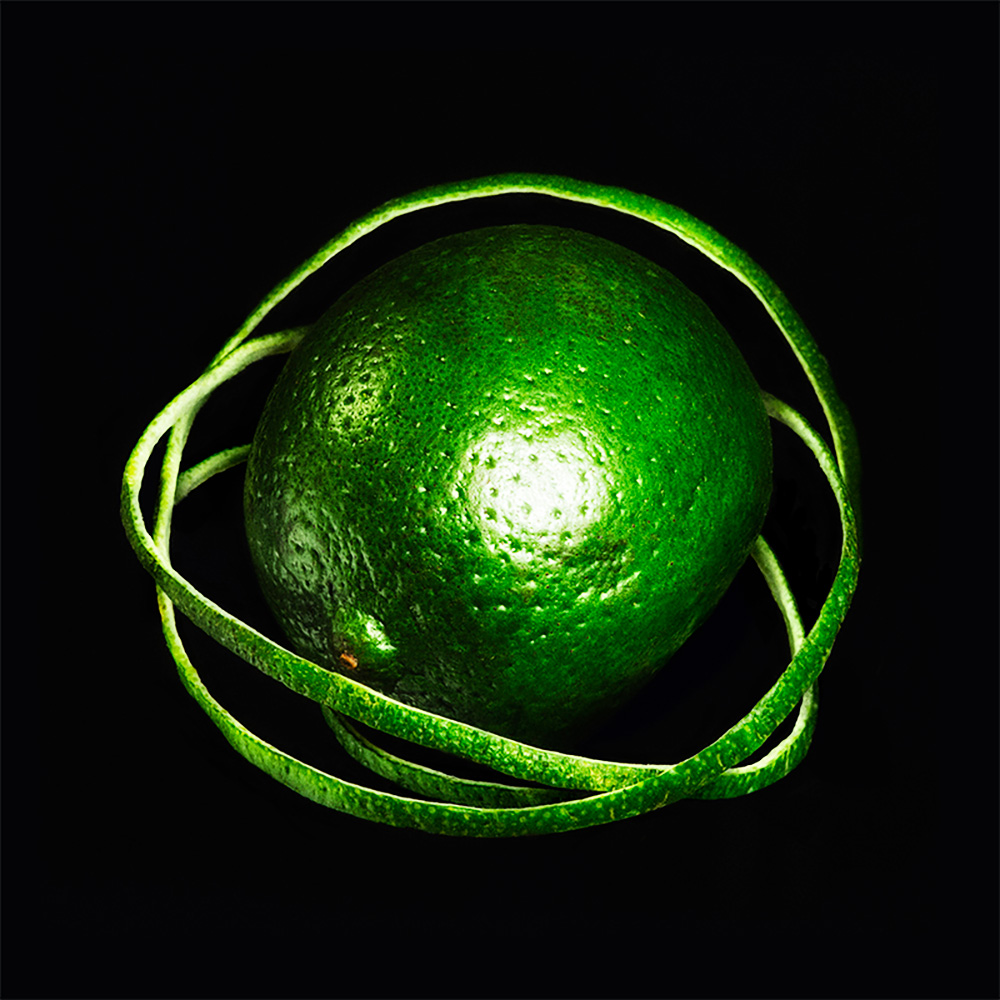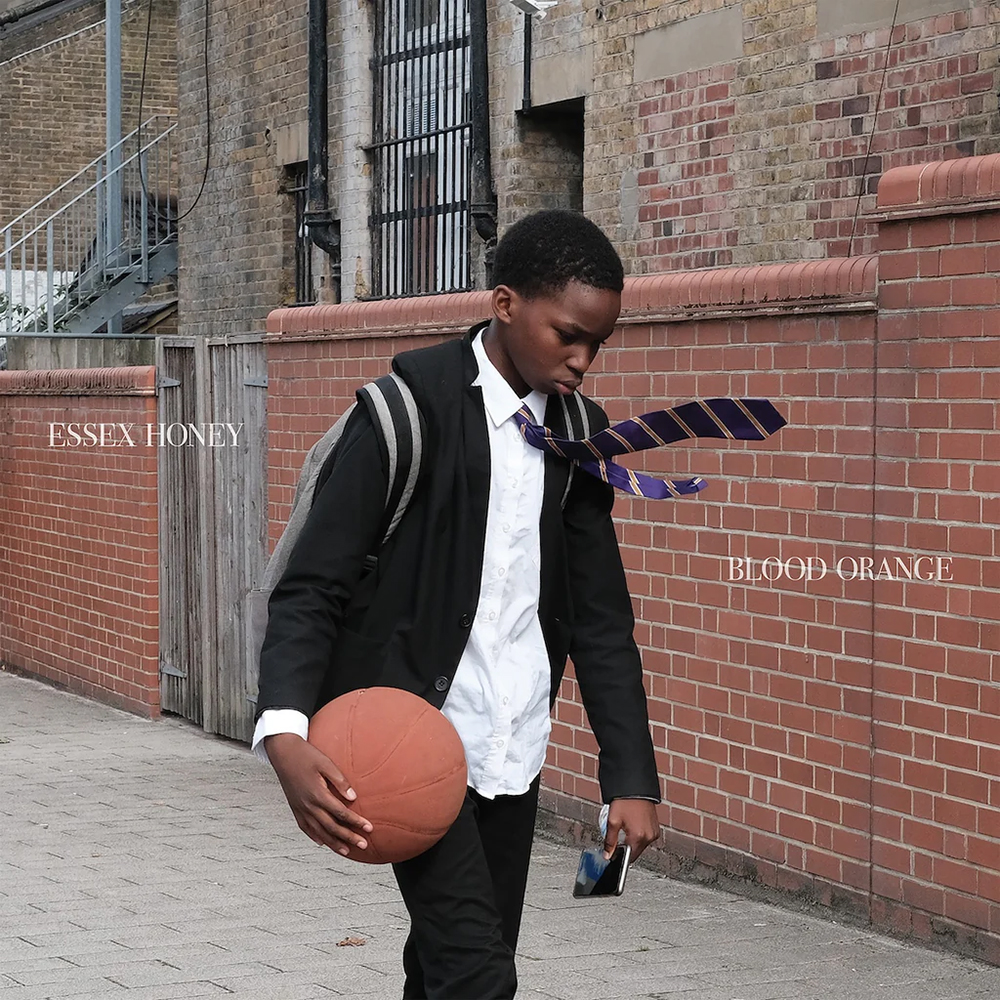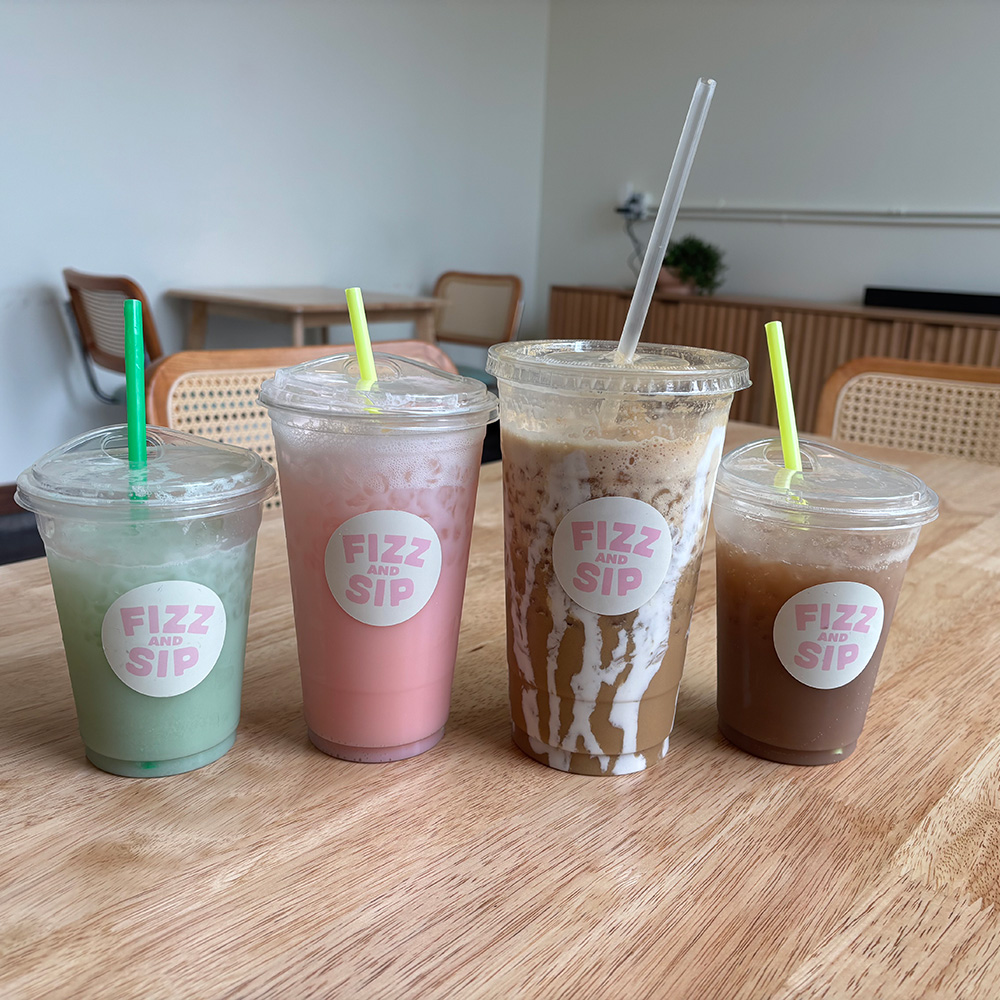On Feb. 9, Kendrick Lamar performed for the annual Super Bowl halftime show after recently being nominated for and winning five Grammys for his song “Not Like Us”. Correspondingly, I found Kendrick Lamar’s performance turned out to be more than just entertainment but rather a call for something bigger.
Despite the excitement amongst fans around bringing out R&B artist and frequent collaborator SZA, and his repetitive “disses” on Drake (which don’t get me wrong, were beyond amusing), I think the true message of this performance has been overlooked through a lot of mass media, as these factors remain merely the cherry on top of what will be a historical performance.
As a young, white female in today’s world, it feels important to note that there is only so much I can say or speak to in regards to conversations about racial inequity, or even the intentions of this performance–but rather, commentary on how this performance felt so significant to a person of non-color, and why more people of similar appearance may be encouraged to watch this show.
The artistic choices felt beyond intentional from the start. Ranging from lyrics, to choreography, to the symbolism of Uncle Sam, the messages were a clear attack on the political state and division of America.
The first remark by Lamar, “The revolution ‘bout to be televised” I feel, is a reference to artist Gill Scott-Heron, who in 1970, sang about the correlation between media and change. Scott stated “The revolution will not be televised” in a poem and Black liberation song that was considered at the time, a big contributor to hip hop music. To my understanding, Lamar’s aim is to not only call for a revolution, but this call, this stage, is his way of grabbing the attention of others utilizing mainstream media, in addition to convincing those (especially youth I think) to not “watch” a revolution happen, but be a part of it. For people who are witnessing not only the performance but all forms of media, in demonstrating the power of physical presence. Along with quoting a black man that held great significance in the arts and literary words furthers the depth, and the concept of a revolution and its value in our nation’s history.
Lamar continued by saying, “You picked the right time but the wrong guy”, something in which I found two potential meanings. One being “the wrong guy” as a reference to himself because he chose to utilize one of the most-watched telecasts in the nation as a method to discuss the political system in which our country is headed towards, he is the “wrong guy”. Moreover, to my implication, “the wrong guy” could also potentially be a reference to our recent results of the 2024 Presidential Election. As if our society made the “wrong” choice in not necessarily who we elected, but what President Trump stands for-in regards to equity (something that’s repeatedly come up in his musical work). Both gestures being equally, to my mind, convincing of his point and thought-provoking.
Along with his primary lyrical choices, another huge piece of this show was the famously known actor Samuel L. Jackson, in the role of “Uncle Sam”. Uncle Sam is a symbol of the United States from the 1800s, often a symbol reflecting not only the U.S. government but patriotism within American culture, or a “national nickname”. With this, not only was it significant to have a Black man play this role who is always illustrated as a white man, but his commentary throughout the performance was significant in drawing attention to racism, and enhancing the emphasis on Black pride during this performance. Not only that, but utilizing a black actor that is widely known not only in older generations but across Gen Z, felt like a good way to use a familiar face and gain more support from all age groups. And if not support–at least attention.
One of the earliest things “Uncle Sam” said after the first few songs was “Too loud, too reckless, too…ghetto”, which was later followed with “That’s what America wants… nice and calm, you’re almost there, don’t mess this…” after Lamar brings out SZA for a slower song period. A stab towards what I am guessing is, societies want for people—specifically black people—to fit into this fore-thought idea of how one should “act”. A choice that felt like a contribution to black pride (once again) and from my point of view, a stab at commentary around the behavior of black people.
Uncle Sam was one of the largest components in tying together this show as more than just entertainment, but a piece of symbolism, and even, protest. It was unpredictable, yet had so much purpose, adding a level of thrill when watching the performance. And because Samuel L. Johnson is a familiar name to so many, the likelihood of young generations posting this revolutionary sight to young audiences is, I see, greater; broadening the scope and types of viewers.
Another thing I noticed throughout this performance were the several parallels and connections between each song, from the start and end—for instance: the flag created by backup dancers, dressed in blue, red, and white. A satisfying visual effect to the eye.
As the group of dancers file in lines and distribute assembling a clear image of the American flag, Lamar stands in the center, where he later says “It’s a cultural divide, imma get it on the floor”. In spite of these two things occurring at different minutes of the show, they felt reflective of one another, (another way to say, that everything was so utterly deliberate). Many throughout the media claimed that the flag and his standing in between was a remark towards the political division of America today, between Republicans and Democrats in which I agree; a divide that felt abruptly obvious after the killing of George Floyd. Not only was it commentary with meaning, but very direct; it required anyone in America or even the world to comprehend what divide he was referencing. It wasn’t necessarily a complex statement, which felt impactful in its potential backlash of those who were offended by this performance.
However, when he later said “it’s a cultural divide, ima get it on the floor. 40 acres and a mule, this is bigger than the music” is testimonial to the United States going backwards in my opinion.
According to the PBS article “The Truth Behind ‘40 Acres and a Mule”, 40 Acres and a Mule was in place to give formerly enslaved Black people some chance at entering society and building wealth for future generations after the Civil War. Instead this opportunity for rebuilding was revoked; with the past several years between the Black Lives Matter movement, to conversations around “equity” in media and the possibility of having elected a multi-racial female president, these recent events feel like another something that was revoked for people of color, if not Black people.
Regardless, all in all it’s fair to say that this performance was one of the best in Superbowl history. Not only was it ridiculously entertaining from the choices of song, the SZA and Lamar duo, Serena Williams appearance (a black woman whose name is hugely significant in tennis, a historically predominantly white sport, might I add) and persistent Drake disses. But, something our world really needed right now. The highlight of Black Pride, importance for rebellion, and utilizing such a massive annual tradition to speak out, was beyond brilliant but bold.
For me, Kendrick Lamar is no longer just a phenomenal rapper, but someone who uses his fame, his platform, for the good. It is in moments of hopelessness, and controversy when movements like this can be the final push in, to paraphrase Lamar- turning our TV’s off.


